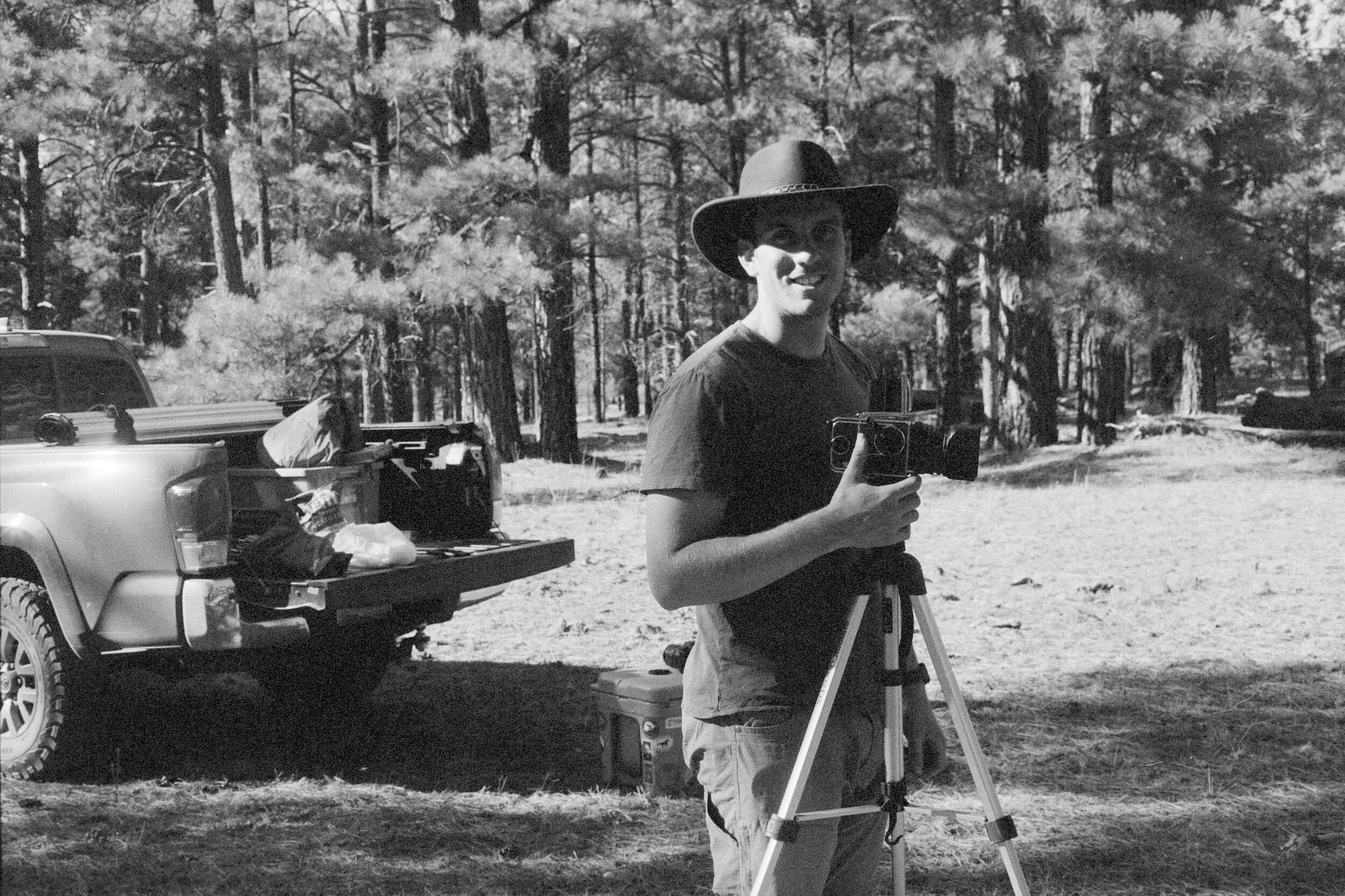The Magic of Medium Format Film
There’s something special about shooting landscapes on medium format film. It’s not just about the gear—it’s about the experience. The slower pace, the richness of the images, and the satisfaction of seeing a well-executed shot come to life all make it worth exploring.
Medium format film stands out because of its larger negative size, which means more detail, better dynamic range, and a certain depth that digital often struggles to replicate. The way it captures light, texture, and subtle color shifts gives landscape shots a unique and timeless quality. If you’ve ever looked at an old film photograph and felt like you could step right into it, that’s the magic we’re talking about. Especially if it’s a 500 series Hasselblad.
Shooting on film also forces you to slow down and really consider each shot. You can’t just fire off hundreds of frames and pick the best one later. Instead, you’re carefully composing, metering light, and waiting for just the right moment. It makes you more present in the environment, whether you’re standing on a windy coastline or deep in a quiet forest.
And yes, there’s a bit of a learning curve, but that’s part of the fun. From choosing the right film stock to nailing your exposures, there’s always something new to experiment with. Plus, when you finally get your developed shots back and see the depth, tones, and character that medium format film brings to a landscape, it’s hard not to get hooked.
Beyond the final image, there’s real value in having a physical negative. Unlike digital files that can be lost or corrupted over time, a well-preserved negative is a lasting record of your work. You can scan it, print it in a darkroom, or revisit it years later with fresh eyes. There’s something incredibly satisfying about holding a tangible piece of your photography—something that exists beyond pixels on a screen. To learn how to develop your negatives at home, read my guide.



